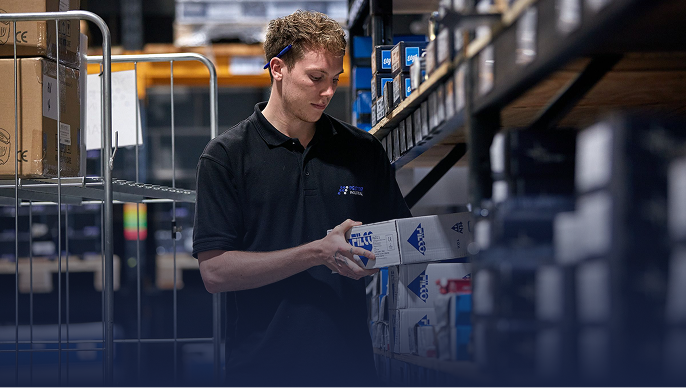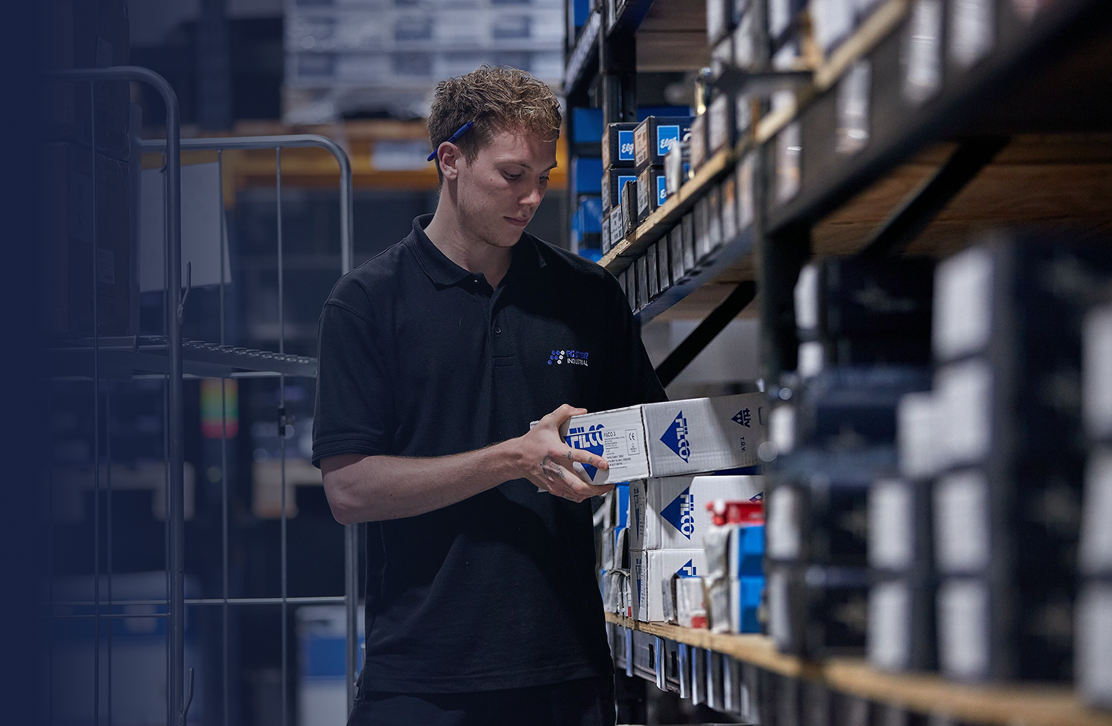Get in touch
Gas Welding Regulators
Choose from single stage plug, single stage two gauge and two stage two gauge gas welding regulators for argon, oxygen, acetylene and propane dependant on your application.
Filters
Price
Brand
Warranty
Filters
Price
Brand
Warranty












- 1
MORE ABOUT GAS WELDING REGULATORS
We'll guide you through the options & explain the importance of safety, date stamping and CP7 testing where oxy-fuel welding or gas cutting is in play.
Which is the right gas welding regulator to use?
Single stage plug regulators
Best for site work; they have no gauges and when you are working on site, they aren't a necessity. Gauges often sustaining damage when transported or left to the elements. With their straightforward design, these regulators are easy to set up and operate, making them accessible for welders of all skill levels.
Single stage two gauge regulators
The most common multi purpose regulators. Single stage, two gauge regulators feature two gauges: one for displaying the cylinder pressure and another for the delivery outlet pressure. This allows welders to monitor both the amount of gas remaining in the cylinder and the pressure being delivered to the torch, providing better overall control and management of the welding process.
The ability to easily adjust and readjust the pressure as needed ensures that the welding process can be fine tuned, enhancing the flexibility and responsiveness of the welder to changing conditions.
These regulators are simple and cost effective, making them suitable for most general welding applications. Regulators have Nevoc, side or bottom entry points according to the gas cylinder they are fitted to.
Two stage Two Gauge Regulators
Two stage regulators provide a more consistent output pressure. The first stage reduces the high pressure gas from the cylinder to an intermediate pressure, while the second stage further reduces it to the desired working pressure. This dual regulation ensures that the pressure remains stable and constant, regardless of fluctuations in the cylinder pressure. By gradually reducing the pressure in two stages, these regulators enhance safety by mitigating the risk of pressure related accidents.
With stable gas flow and pressure, welders can achieve more uniform and consistent weld conditions. This consistency is vital for producing high quality, defect free welds. Perfect for very detailed work, particularly intricate welding jobs, or metals that may require more delicate treatment. They also allow for both low & high flow rates and provide gas savings, because you can control more tightly how much gas is being used.
Gas welding regulator safety standards
Gas welding regulators are all date stamped, which offers great assistance to engineers during the CP7 inspection process. The regulators that come under the microscope for CP7 regulations are gas cutting and welding related: Oxygen, propane & acetylene.
Whilst CP7 rules control the safe use & testing of oxy-fuel gas equipment in Industrial settings, CP47 covers inert gas regulators. It's crucial that all regulators are inspected on an annual basis and replaced every five years.
Argon shielding gas saving devices
Argon flowmeters are used in conjunction with a gas regulator in the MIG & TIG Welding process, when welding applications require the exact flow of gas to be set. Measured in litres per minute, they allow the operator to set the optimium amount of shielding gas required when gas flow is critical to the welding application & in doing so can prevent wastage.
Pure argon is an expensive gas, so we recommend fitting a gas saving device such as an Elga Optimator. The Optimator operates as a more sophisticated flowmeter & controls the flow of argon from the second the arc is struck, reducing gas surge. Typically, such a gas saving device would see a return on investment within six months. Economisers are available in lockable versions, offering controlled management of your operators, with reductions in gas usage up to 30% being seen.
Gas welding regulator safety & inspection
Whilst choosing the right gas regulator is important ensuring it safe use is imperative. Your regulator must be in date and CP7 & CP47 annual checks stipulate that regulators, along with flashback arrestors, must be checked annually and changed every five years. Gas welding hoses and welding torches are also inspected annually for damage and operability.














